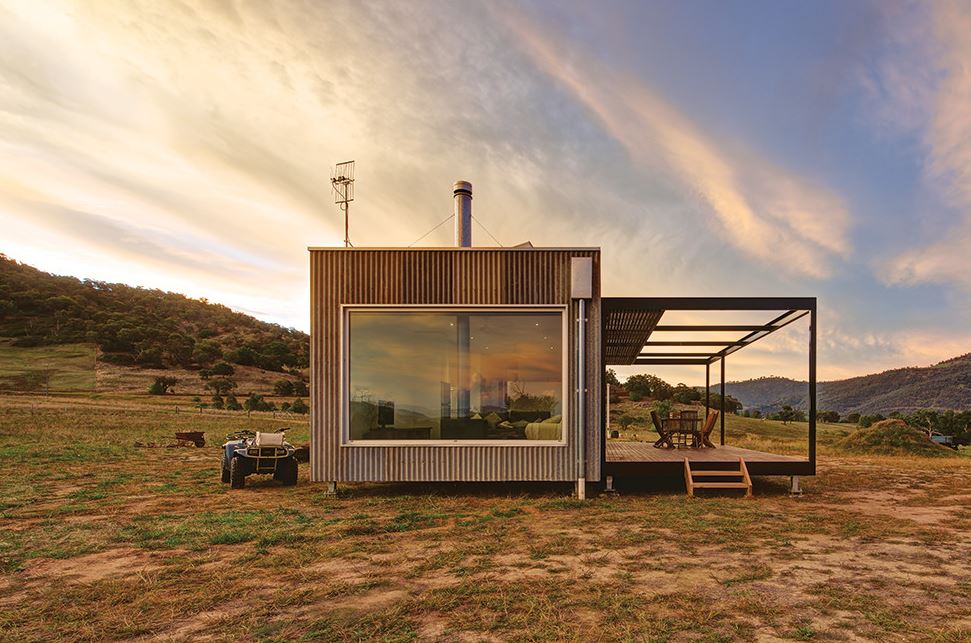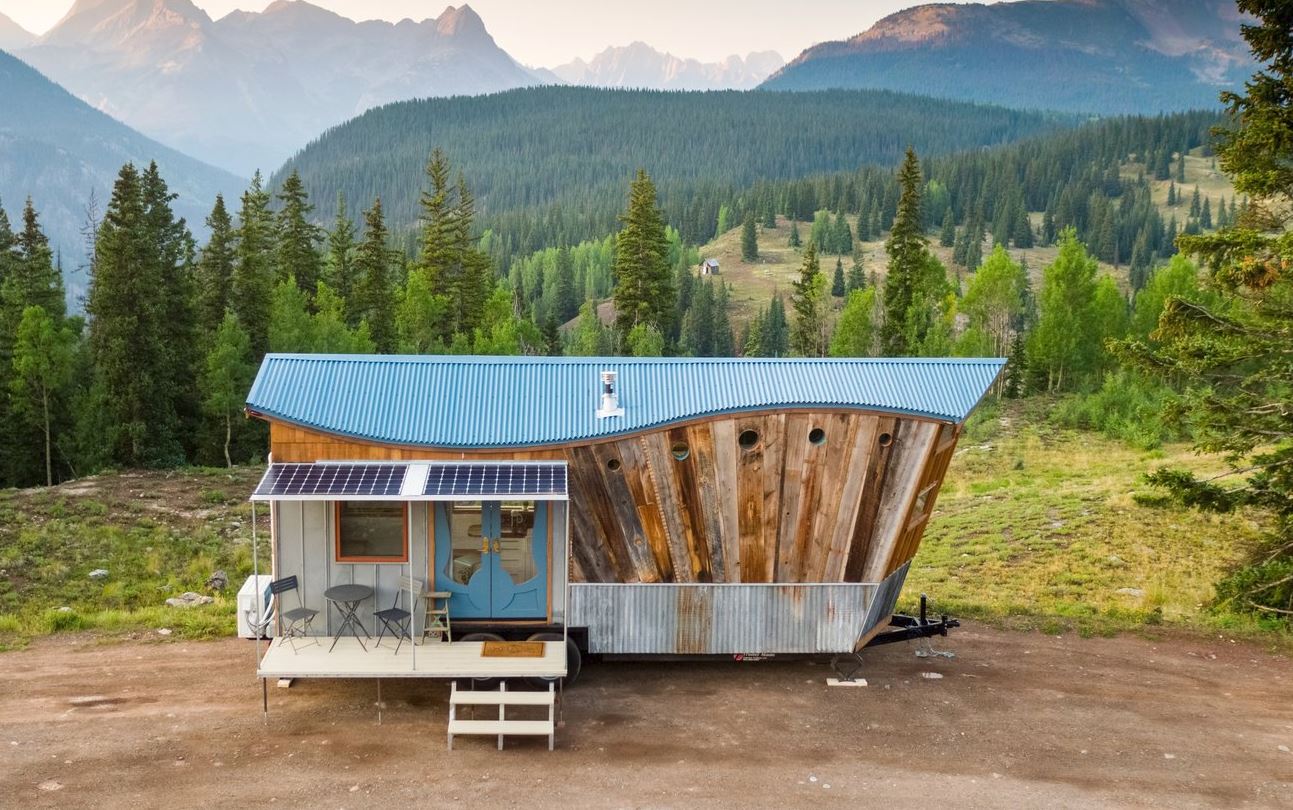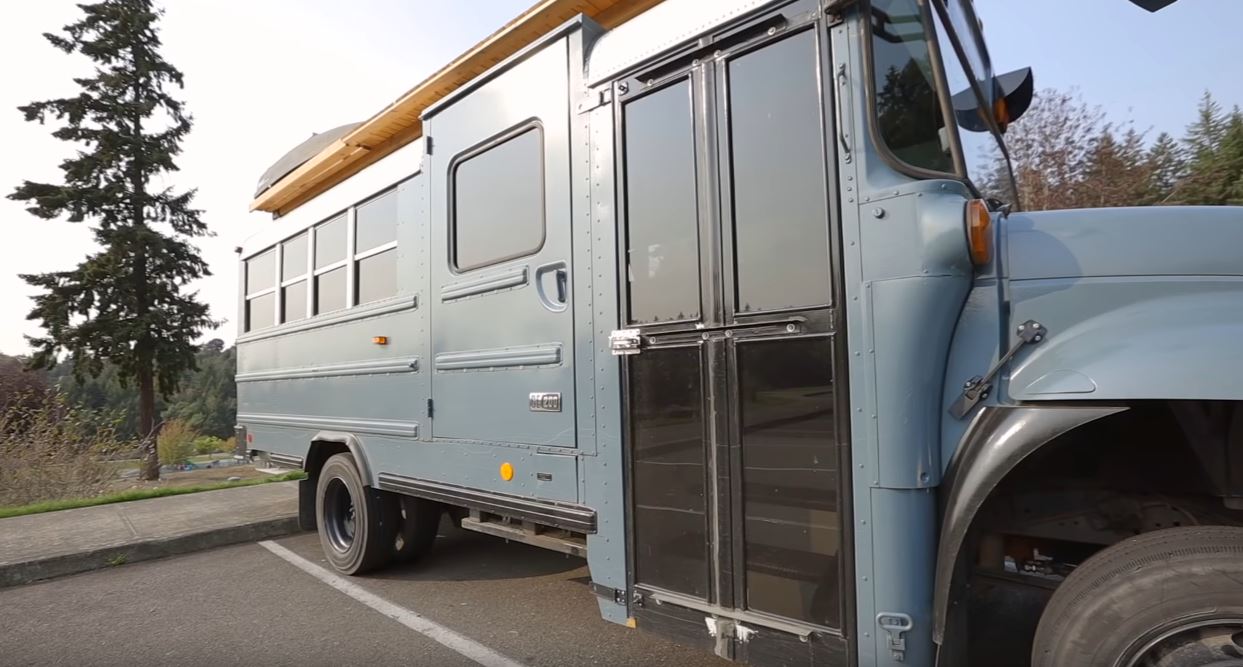Sustainability is the capability of human civilization and the biosphere we live to coexist. This is achieved by balancing the resources and species found within the environment. In a sustainable environment, resources should not be depleted faster than they are generated. In order to sustain the environment, many people are turning to tiny houses to reduce their carbon footprint. How tiny houses support sustainability is a key question that arouses debate among policymakers in many states.
Many tiny house owners share a certain level of affection and dedication to the environment. Climate change is worsening by the day, given the number of storms experienced worldwide this year alone. This has given people even more reason to consume less space in the environment, therefore, reducing pollution. Tiny houses have done a remarkable job in sustaining the environment in more ways than one.
Here’s how tiny houses can be sustainable.
Use of Reusable building material
Many tiny house owners build their houses using materials that can be found naturally in the environment. Wooden houses are very popular given that wood is a readily available material that can be cut down, transported and reused easily. Steel is another very popular building material that can be accessed from old torn down buildings and reused to model a tiny house. Given the size of the space occupied by a tiny house, not much building materials are used. This prevents cutting down of trees and abandoning used materials lying around on the ground without decomposition.
Contributing to Improving the communities economy.
Many tiny house owners are people who are trying to escape the harsh reality of urban living. Hence most owners find themselves in the countryside where there is access to farmland. They grow their own crops and rear livestock that can be sold in markets improving their livelihood. People often chose this lifestyle to escape the debt crises that cause depression in the country’s economy. Tiny house owners have the ability to move around hence work remotely. The ability to work from anywhere in the world and still pay taxes is a dream to be fancied by many.
Read: 10 Things Most People Don’t Know About Living in a Tiny House
Use of renewable energy
To cut down energy costs, most tiny house owners forego grid electricity for solar panels and generators. Electricity takes up a lot of energy that goes wasted especially in big houses with a lot of appliances. Commercial and residential buildings emit 36% of the total carbon pollution in the U.S alone. When moving into a tiny house, a lot of things are left out simply due to lack of space which helps reduce the energy used. Many appliances that take up space and energy are used to heat the house and water and provide lighting. Tiny house owners, therefore, prefer to go green and conserve the environment.
Less wastage
Having a lot of possessions translates to a lot of wastage ending up in the environment. A lot of the things that end up being disposed of remain in the soil and water for long periods of time. With tiny houses, only the necessary stuff survives meaning there isn’t much to waste. The level of consumption is low which makes the by-products fewer. In this way, the environment is able to remain fertile and give better produce.
Caring for the environment.
With the current technology era, many are glued to some form of entertainment indoors. Moving into a tiny house means that there isn’t much activity that can be carried out indoors. This leaves the owners with more time to spend outdoors taking care of the environment and tendering it. Parents are able to teach their children practices that sustain the environment instead of playing video games. In this way, a lot of attention is driven towards caring for the environment and nurturing it.
There is a lot of controversy around the building of tiny houses in the U.S. It has evoked much debate regarding the contribution of tiny houses towards the sustainability of the environment. With the rising trend of eco-friendly habits practised by most owners, tiny houses have proved to be advantageous towards the environment.













